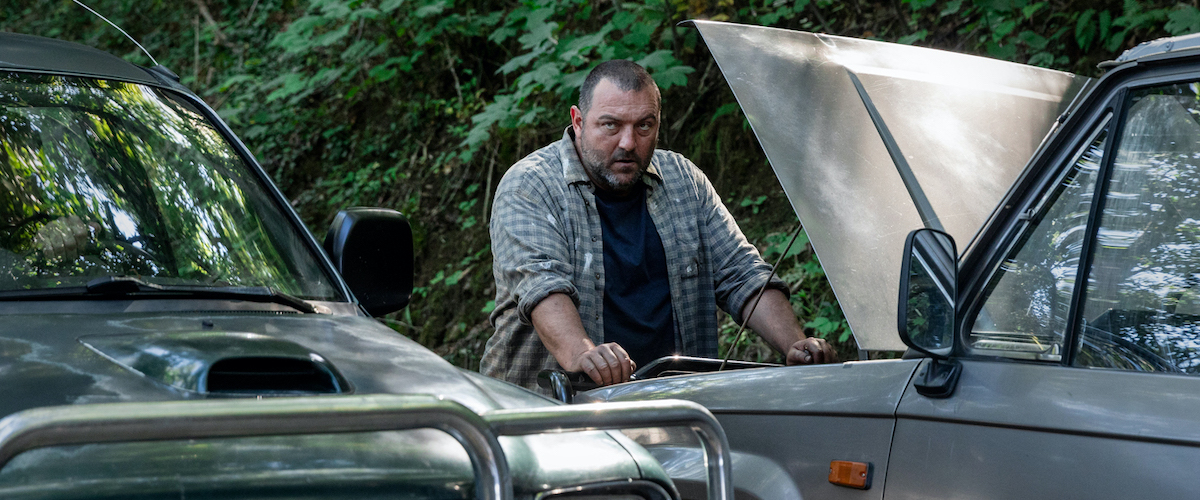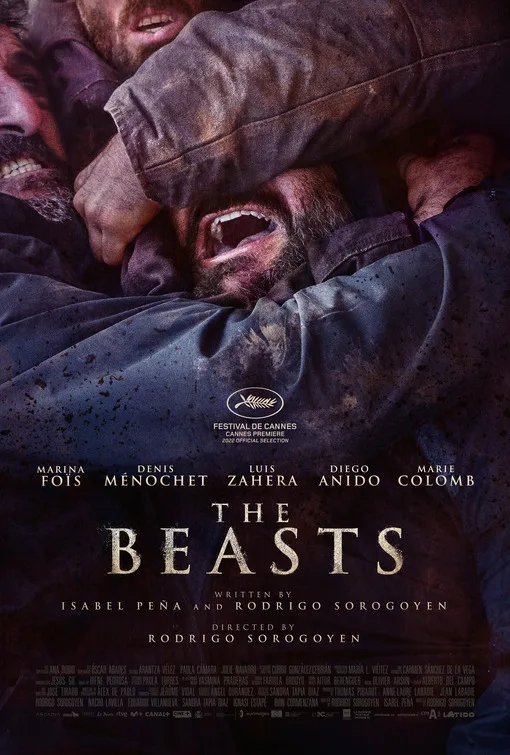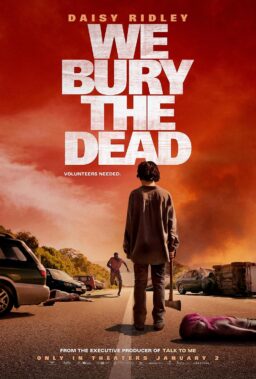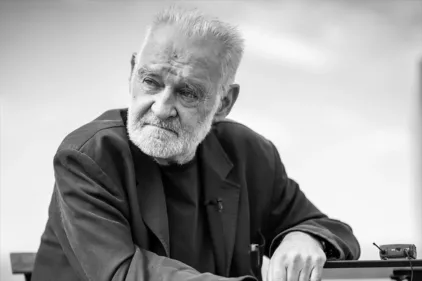On its surface, “The Beasts,” an atmospheric Spanish true-crime thriller, seems like a bleak parable. A pair of outsiders, inspired by real-life Dutch eco-farmers Margo and Martin Verfondern, find themselves trapped in a heated dispute with their provincial Galician neighbors.
The aggrieved farmer Xan (Luis Zahera) and his skittish brother Loren (Diego Anido) resent the non-native couple, Olga and Antoine (Marina Foïs and Denis Ménochet), for preventing the sale of their land to a wind turbine company. So Olga pleads with Antoine to avoid (or at least stop covertly filming) an increasingly combative Xan. That’s easier said than done for Antoine, given both Xan and Lorenzo’s aggressive and antagonistic behavior. The resulting conflict also seems fairly straightforward: while Xan resents Antoine beyond reason, Antoine refuses to abandon his land.
Thankfully, co-writer/director Rodrigo Sorogoyen’s focus on Antoine and Xan’s emotionally charged stalemate keeps “The Beasts” from devolving into yet another quasi-artful and pseudo-moral genre movie that pits intolerant bumpkins against ignorant city-slickers.
Mood trumps morality in “The Beasts,” partly because Sorogoyen, in collaboration with director of photography Alejandro de Pablo, art director Jose Tirado, and sound designer Fabiola Ordoyo (among others), focuses on the stale air and the dead leaves that cling to the almost deceased Castilian village of Quinela de Barjas, about a 35-minute drive from the nearest inhabited city.
A half-stifling and half-enchanting air of stagnation only deepens the characters’ petulant, self-serving dialogue, not to mention their predictably fruitless and perpetually escalating tit-for-tat fighting. Many filmmakers are praised for making their location-shot settings the real stars of their movies. “The Beasts” wouldn’t be half as compelling if its creators didn’t draw so much out of their movie’s desolate and beautiful ghost town.
Sorogoyen was smart to emphasize, both in his movie and an interview in the movie’s press notes, that “The Beasts” only uses real events as a starting point. Because while the grievances that define both Antoine and Xan may be topical, neither character is much more compelling. Rather, “The Beasts” is arresting because of its creators’ stylized vision of reality. Some long takes present time in a naturalistic way, and some indoor scenes use natural-looking light to deepen our appreciation of what Quinela de Barjas looks and sounds like. These fairly standard filmmaking techniques also redirect our attention to the oppressive stillness that surrounds Antoine and Xan. Sorogoyen’s characters repeatedly bump into each other and just as often butt heads, despite tentative and often sincere-looking offers to hear each other out. By focusing on the impenetrable gloom surrounding Antoine, Xan, and their respective partners, Sorogoyen makes “The Beasts” more about the tragic inevitability of his protagonists’ dispute than whatever they say they’re fighting for.
“The Beasts” also deserves praise for its ensemble cast’s uniformly strong performances, especially since neither Zahera nor Anido have had much experience as professional movie actors. Sorogoyen and de Pablo’s camera moves with purpose, leaving viewers with the impression that we’re either trailing after Antoine and Xan or looking up with them as they struggle to anticipate whatever’s about to happen. They retrace their steps slowly, sometimes even literally uphill, or balance and shift on their back feet, waiting for something they’re sure is coming but still can’t fully prepare for. That’s a nightmarish headspace, the kind that great horror movies thrive on.
“The Beasts” is ultimately a parable about neighbors who keep looking at each other, with anger and sadness, for an impossible miracle. They sort of get one, but it provides no relief. Sorogoyen, who co-wrote “The Beasts” with Isabel Peña, breaks his story into two uneven halves, the second of which shifts the plot’s focus away from Antoine and onto Olga and Marie (Marie Colomb), their frustrated daughter. A seemingly inevitable plot twist necessitates this narrative break, but even then, the movie is more about the sheer intensity of its characters’ emotional deadlock. “Nobody cares about the truth,” Marie says, and she’s right, of course. Olga is also right when she tells Marie, “You don’t understand,” because Marie has not lived in Quinela de Barjas for as long as she has, so she hasn’t taken in as much dead, comforting air as her mother.
Sorogoyen and Peña may ultimately lead us, alongside their characters, to a pious, anticlimactic finale, but it’s almost hard to care, given how real Antoine and Xan’s world seems. The toxic air surrounding these two characters does not clear by the movie’s end; it accretes and suffocates everyone who breathes it. Antoine and Xan’s dispute is, therefore, less about turf or hurt feelings than how the world looks when you’re waiting for the worst to happen. It does, and it’s as obvious and upsetting as it needs to be. “The Beasts” may not be realistic, but it is genuinely eerie.
Now playing in theaters.




















